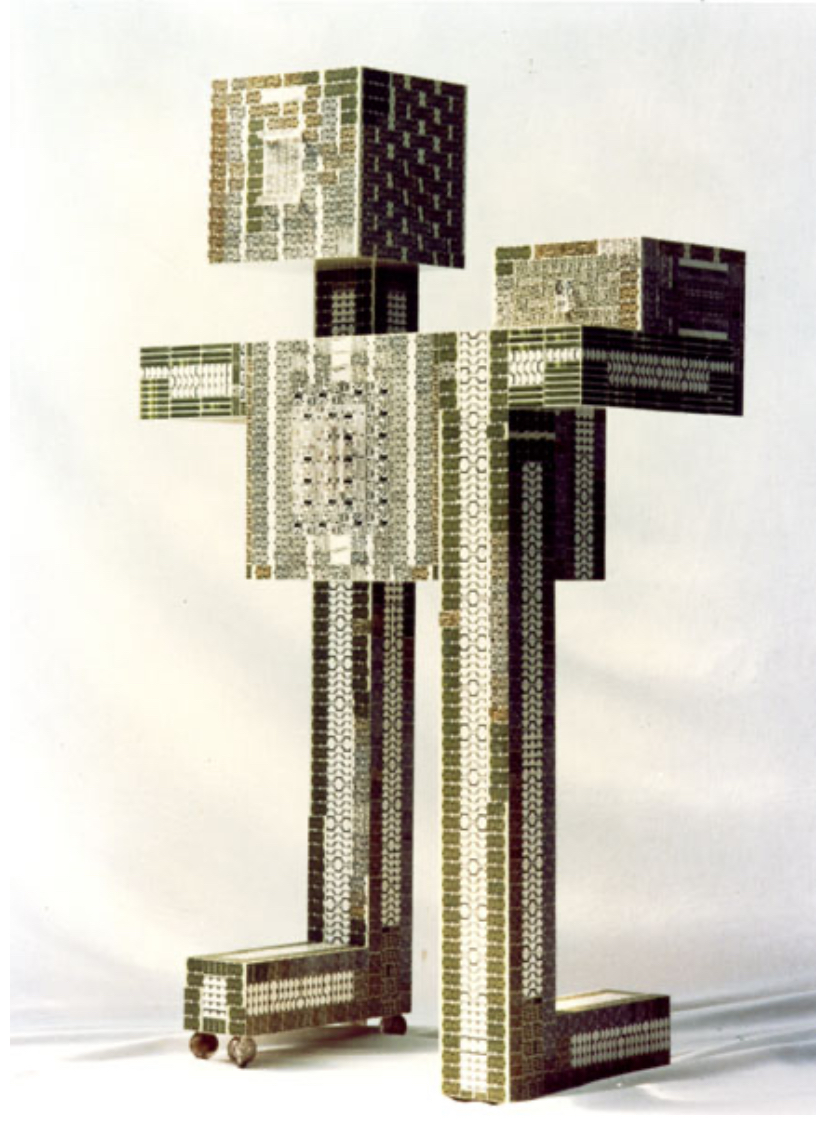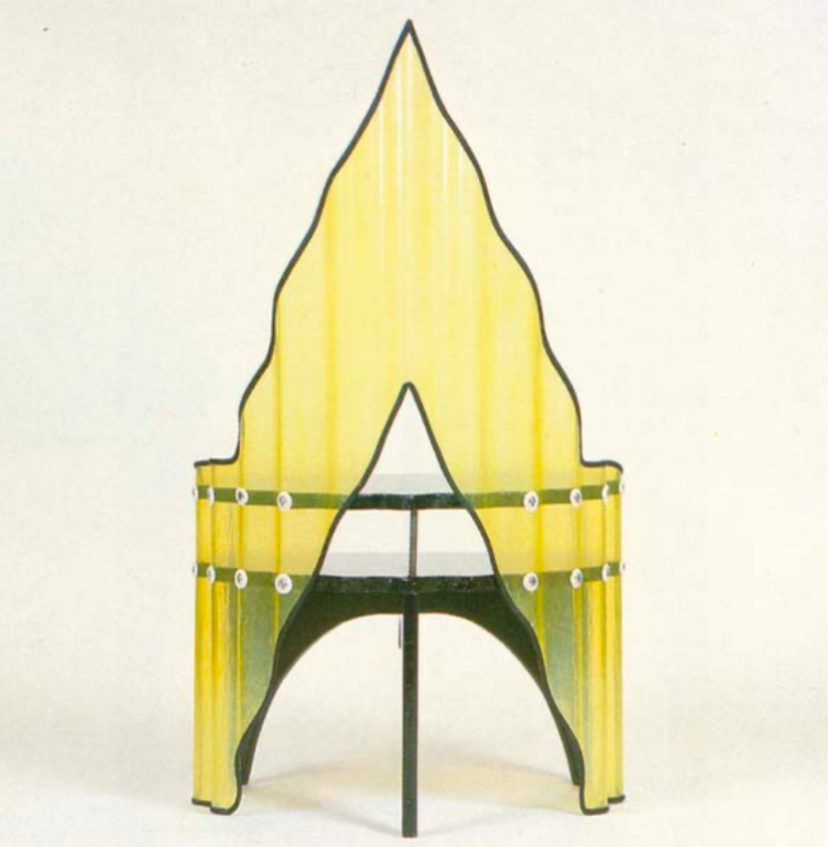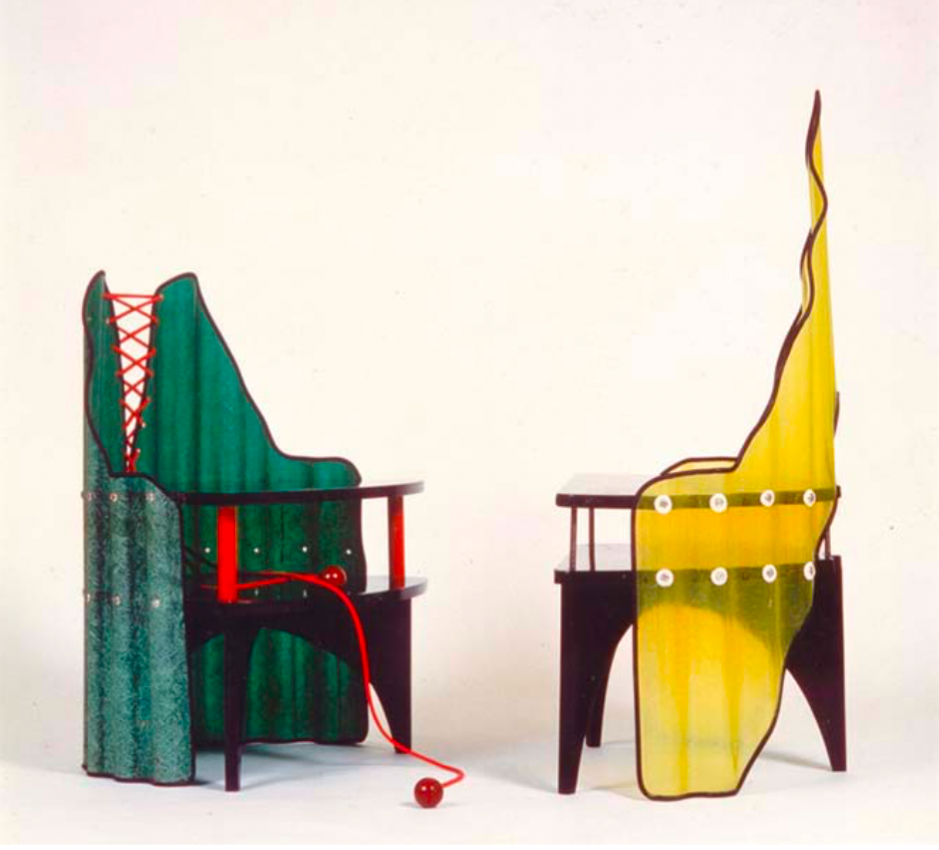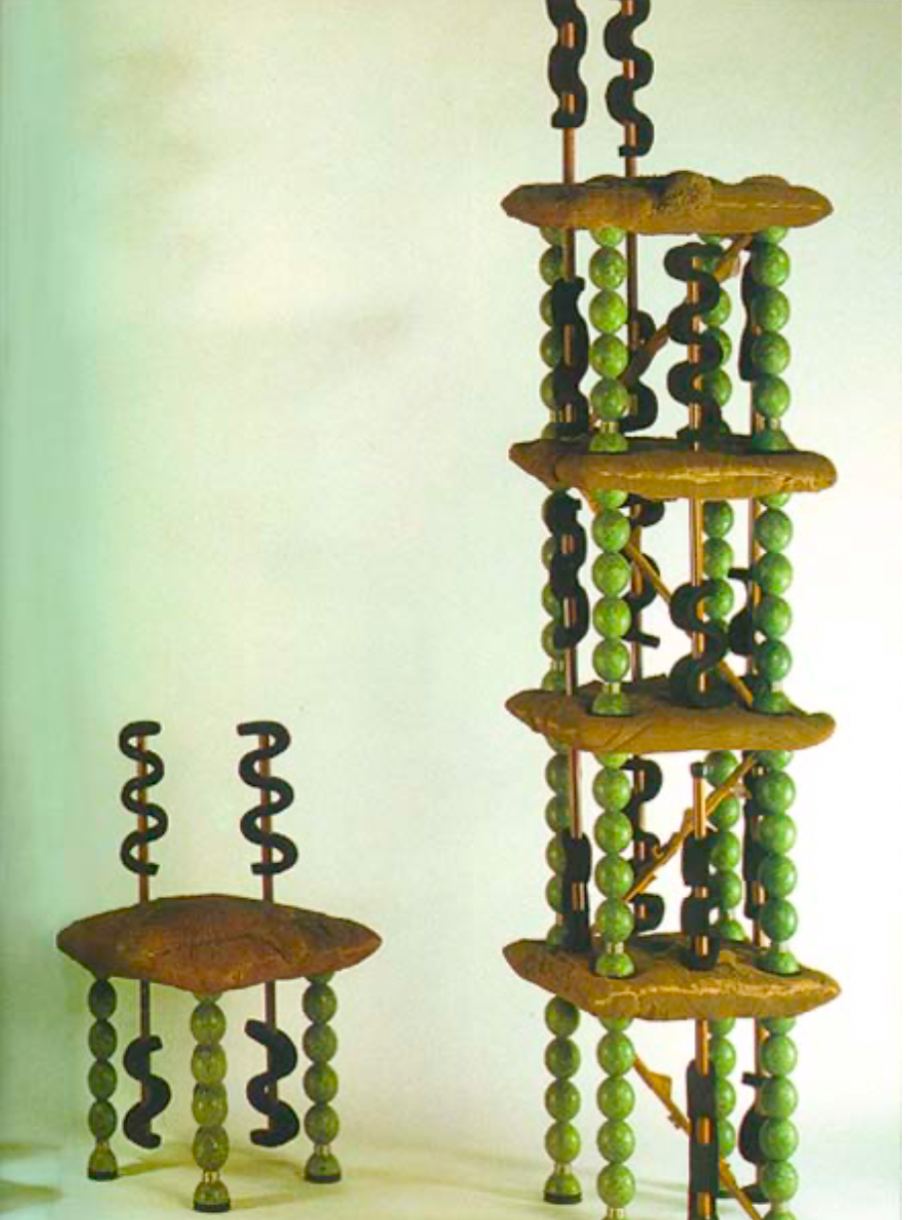En el contexto del diseño, las nociones de desarrollo sostenible se formalizan en nombre del ecodiseño o ecodiseño principal. Entre las metodologías integradas en el ecodiseño podemos destacar:
• Análisis del ciclo de vida del objeto (diseño, producción, distribución, consumo y desconsumo, contaminación y residuos generados),
• El estudio de los materiales y tecnologías en obra (desmontaje, trazabilidad, reciclabilidad, investigación de materiales y tecnologías “limpios”, renovables, biodegradables o reciclados),
• Reflexiones sobre la modernización, la modularidad, la sostenibilidad, el producto como servicio.
• El estudio del comportamiento de los usuarios pero también de sus valores.
Arqueología de materiales
El enfoque denominado “arqueología material” consistió en (re)encontrar materiales que estaban desapareciendo o empobreciéndose. Los objetivos no eran diseñar un objeto, silla, mesa, almacenaje u otro, sino utilizar un material para extraerle una nueva función. Para OULIPO, la limitación sintáctica -el material- era una herramienta de diseño.
In the context of design, the notions of sustainable development are formalised in the name of eco-design or primary eco-design. Among the methodologies integrated into eco-design we can highlight:
• Analysis of the life cycle of the object (design, production, distribution, consumption and non-consumption, pollution and waste generated),
• The study of materials and technologies on site (disassembly, traceability, recyclability, research into “clean”, renewable, biodegradable or recycled materials and technologies),
• Reflections on modernisation, modularity, sustainability, the product as a service.
• The study of user behaviour but also of their values.
Material archaeology
The approach called “material archaeology” consisted of (re)finding materials that were disappearing or becoming impoverished. The objectives were not to design an object, chair, table, storage or other, but to use a material to extract a new function from it. For OULIPO, the syntactic limitation – the material – was a design tool.
Substratos de aluminio
Abaris 1982 ph. R. Cerf © becheau-bourgeois
Substrats d’alumine
Abaris 1982 ph. R. Cerf © becheau-bourgeois
Hoja de poliéster
Chaise n°4 1982 – Chaise n° 4 et Fauteuil R. Cerf 1983 – ph. R. Cerf © becheau-bourgeois
Polyester sheet
Chaise n°4 1982 – Chaise n° 4 et Fauteuil R. Cerf 1983 – ph. R. Cerf © becheau-bourgeois
Chaises Quereix © becheau-bourgeois
Neptune © becheau-bourgeois
Chaises Quereix © becheau-bourgeois
Neptune © becheau-bourgeois
CREDITS
Table : Tas 1987
La table Tas est composée d’une lourde plaque de marbre, aux tonalités grises, veiné de bleu, posée sur une structure métallique.
Crédit photographique : Frédéric Delpech
https://www.becheau-bourgeois.eu/






